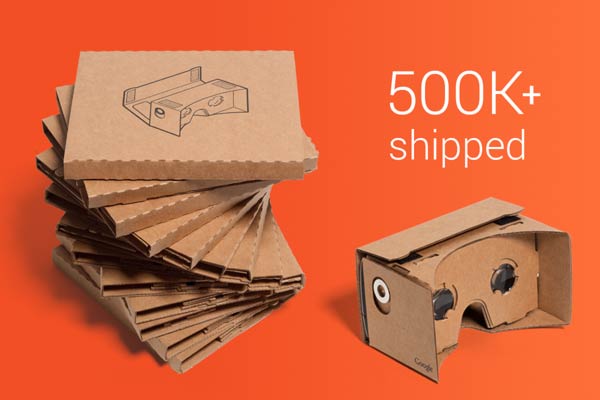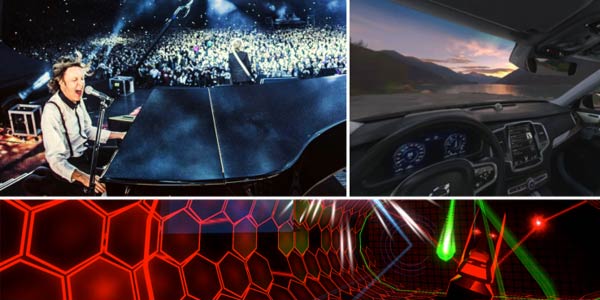Since surprising the world with its Cardboard VR headset at Google I/O earlier this year, the search giant has been over the moon with its success. Google announced that it has shipped over half a million of the cheap, minimalist, phone-based Cardboard headsets (through retailers like DODOcase, I Am Cardboard and more). In addition we have seen a fresh round of updates for users, developers and makers.

The original concept was to allow anyone to build and access virtual reality technology using every day components. Early apps developed for the headset gained a lot of attention, though it had started to feel like the project has stalled. To up its VR game, Google has now launched an update to the Cardboard app and new SDKs. It has also begun to showcase some of the apps that developers have created in the past few months.
Cardboard VR apps now get their own dedicated section on the Play Store, where a range of free and paid apps can be found, ranging from the Hobbit VR Experience to SpaceTerrorVR, with many more on the way. Furthermore, Google announced that it is releasing Cardboard SDKs for Android and Unity for developers, which will "simplify common VR development tasks" such as lens distortion correction, head tracking, and side-by-side rendering, "so [developers] can focus on [their] awesome, immersive app". Even though Cardboard already had an Android SDK, the updated version will offer devs more tools, whilst the Unity SDK is brand new and could lead developers to create immersive 3D worlds with greater ease.

For would-be Cardboard users, new building specs have been published with specific cutting tools in mind. There are plans to build-in calibration settings to the Cardboard SDK to ensure that its VR apps will operate just as well in many different varieties of cardboard implementations.
Google is in the process of hiring people to take its VR headset even further, meaning that we will certainly be seeing more apps and support to make this thrifty VR gadget even better.













